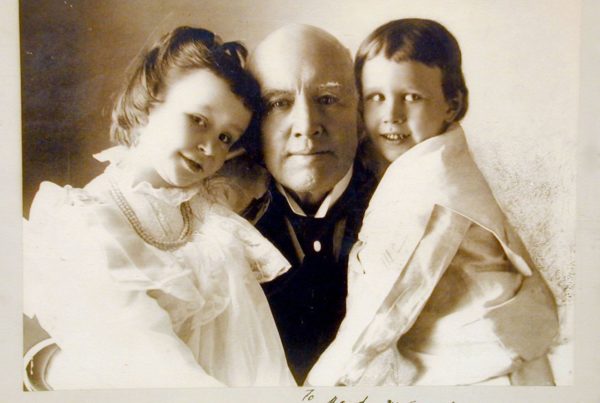Respiratory syncytial virus, or RSV, is one of the leading causes of infectious-disease deaths in infants. It can also be dangerous or even deadly for older adults. Though many haven’t heard of it, everyone is infected with it by age 2. It usually doesn’t kill people in the U.S., but it’s a major problem in other countries.
There’s never been a vaccine for RSV even though scientists have been trying to develop one for decades. But now, University of Texas at Austin associate professor of molecular biosciences, Jason McLellan, is part of the team that is close to developing one that could someday be on the market.
“Vaccines had previously been generated empirically – sort of starting with virus or bacteria, inactivating it in some way and then injecting that into a person or an animal and trying to decrease the pathogenicity while still allowing the human body to recognize the pathogen, raise antibodies against it and defeat it,” McLellan says.
He says that has worked for a number of pathogens for which we already have vaccines, but it hasn’t worked for others. Instead, McLellan’s team has tried to better understand RSV, the body’s reaction to it and how the virus changes as it interacts with the human immune system. With this approach, they were able to take advantage of one form or shape of the virus in the body that elicited a better vaccine response than another.
“In 2013, when we published our first studies in the journal, Science, it was chosen as a runner-up for “Breakthrough of the Year” [award] in science for that year – this proof of concept for structure-based vaccine design,” McLellan says. “Since then, us and others have been trying to apply this very same approach to generate vaccines for many other important pathogens.”
Listen to the rest of the story in the player above.
Written by Laura Rice.















